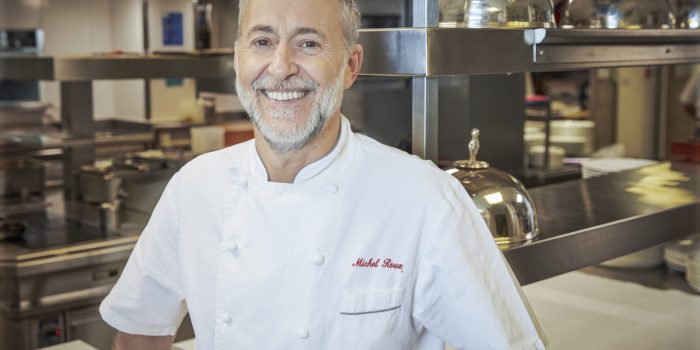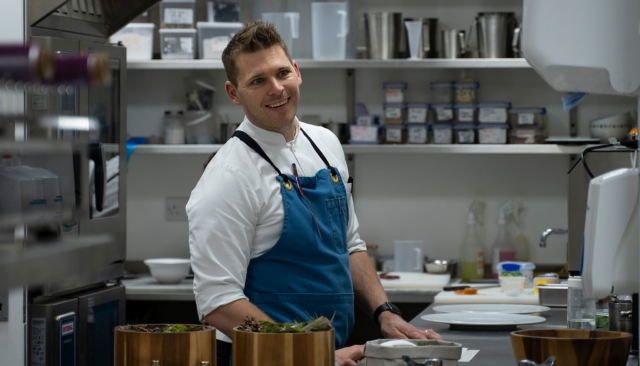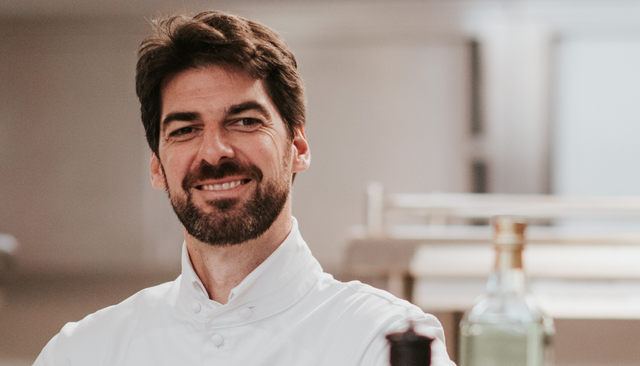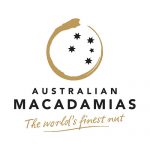Legendary chef Michel Roux Jr is the Chef Patron of iconic Michelin 2-starred Le Gavroche in Mayfair, London, as well as being an author and familiar face on our TV screens. Over the years, Michel has trained some of the UK’s most respected chefs, including Marcus Wareing, Gordon Ramsay, and Monica Galetti, amongst others. Michel also oversees the food and beverage outlets at the legendary hotel, The Langham, London, which includes Roux at The Landau, Palm Court, and The Wigmore. Michel also operates Chez Roux, which offers unparalleled catering at your home or chosen venue, alongside individual cookery classes and culinary consultancy from the Roux team.
You come from a family of chefs, so has this been something that you always wanted to do, or was it just the natural path for you?
It was just the natural path for me, I never really wanted to do anything else. I was brought up watching my parents cook. My earliest food memories are the smells of the Fairlawne kitchen where my father was the private chef to the Cazelet family. Pastry, sugar caramelizing and stews, and I distinctly remember making ice cream with Dad (Albert Roux) when I was five or six, churning it by hand in a pail over ice.
French cuisine is world-renowned. How do you continue to showcase the very best of French cuisine in your restaurants? Have you ever considered diving into different cuisines?
Le Gavroche is iconic for what it does. It was the UK’s first three Michelin-starred restaurant and it absolutely changed the face of dining out for Brits. It represents classic, fine, French cookery. It is elegance and luxury and comfort and that’s always how my father wanted it to be. The menu has lightened somewhat over the years, perhaps slightly less cream and butter here and there, but we would never change the essence of what the restaurant is. It’s so loved by so many, and has been for generations, so that’s something I’m incredibly proud of and wouldn’t change.
Your restaurant Le Gavroche has a long successful past. How do you continue to maintain the quality and experience that was set by your father and uncle who opened the restaurant more than 50 years ago?
Outside of the food, what Le Gavroche is so well-known for is the service. Our Front of House team are experts at what they do and aim to make every guest have a truly wonderful experience. That idea of friendly, warm and superb service is something that was, and still is absolutely integral to Le Gavroche. Some of our staff have been here for years and our guests know them so well. There’s a familiarity and nostalgia that’s so important to the soul of the restaurant.
Sustainability is such an important topic for so many reasons, and is increasingly becoming important to customers. What steps does your restaurant take to get the best ingredients and encourage sustainability?
You can’t make good food without good ingredients, and the better the ingredients, the less you have to do to them to make great dishes. We take our sourcing very seriously, and always buy in the best available ingredients for our kitchens. It’s the chef’s duty to be careful in their choice of ingredients. I consider quality the most important factor in selecting produce, but sustainability is the second consideration. It’s interesting that Michelin is now including sustainability in its assessment of each restaurant included in its guides.
What role do nuts and dried fruits play in your cooking style and traditional French cuisine?
Traditional French food uses an array of nuts and dried fruits, it’s really an integral part of our cuisine. It’s the style of food we offer at the restaurant so it’s a crucial component when we’re cooking in the kitchen. Nougat de Montélimar is one of the traditional desserts served at a Provencal Christmas, for example, which uses pistachios and almonds. I’m also a fan of prunes from Agen, which is also known as the ‘prune capital’ of France.
In your opinion, what value is there in using nuts and dried fruits? How can they bring value to a recipe?
The great thing about nuts and dried fruits is they can bring a variety of components to a recipe or dish, depending on what you’re looking for. They’re so versatile and can bring much-needed texture and sweetness. There’s a delicious originality to them.
You have done many things aside from Le Gavroche, including write books, star on TV shows, etc. What can we expect from Chef Michel Roux Jr.; what other plans are in the making that you can share with us?
I’m a very busy man! I can’t say too much right now, but I am working on TV and there’s a book in the pipeline too… Watch this space!
And now for the quick-fire round
What do you enjoy the most about being a chef?
Mentoring the next generation of chefs and being Co-Chairman of The Roux Scholarship, a competition for professional chefs in the UK that was set up in 1983 by my father and uncle.
What is your personal favourite dish with nuts or dried fruits?
Florentine biscuits.
What is the next big gastronomical trend in the world?
Real comfort food, locality, sustainability.
What nuts and dried fruits do you always have in your kitchen?
My favourite Agen prunes soaked in Armagnac.










